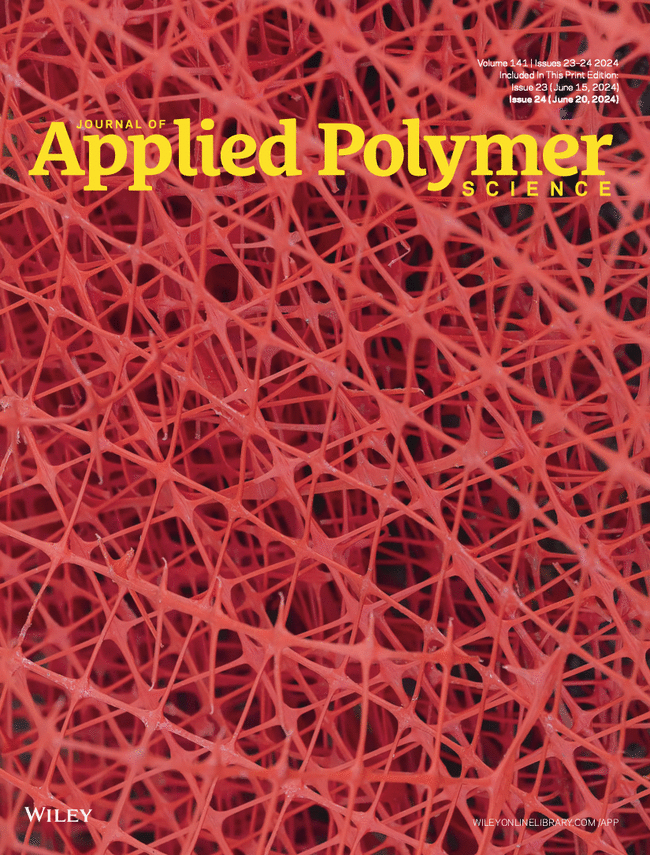Research on the Mechanism of Scale Inhibitors and Development of Enhanced Scale Inhibition Technology
Abstract
In order to effectively solve the problem of membrane fouling, scale inhibitors are often used for scale inhibition. However, the scale inhibition mechanism of scale inhibitors has not been clearly explained, and the scale inhibition effect is not consistent with expectations. Therefore, a molecular dynamics (MD) method was used to analyze the scale inhibition mechanism of TPEG-IA-AMPS (isopentenol polyoxyethylene itaconic acid-2-acrylamide-2-methylpropanesulfonic acid) and to develop the enhanced scale inhibition technology. Meanwhile, scanning electron microscope (SEM) and x-ray diffraction (XRD) were applied to analyze the mechanism of the enhanced scale inhibition technology. The results showed that TPEG-IA-AMPS occupied the active growth sites of calcite crystals and calcium sulfate dihydrate crystals, inhibited the growth of the crystal surface, and achieved the scale inhibition effect. In addition, the enhanced scale inhibition technology can effectively solve the reverse osmosis membrane fouling problem with reduced scale inhibitor dosage, and the scale inhibition rate of calcium carbonate in reverse osmosis concentrated brine was 93.1%, and the scale inhibition rate of calcium sulfate was 97.67%.


 求助内容:
求助内容: 应助结果提醒方式:
应助结果提醒方式:


